Visit allows students to see “the bigger picture internationally”
Join us for NAIT Open House
NAIT’s annual Open House is your chance to explore programs, talk to instructors and current students, tour facilities, and even try hands-on demos. Join us:
Saturday, Oct. 25, 2025
9:00 a.m. – 3:00 p.m.
Main Campus, 11762 – 106 St., Edmonton
(Free parking)
RSVP for a chance to win one of two $250 Visa gift cards
Food ranks high among Rachel Mogg’s memories of the NAIT student trip to Japan in the summer – particularly cabbage pancakes.
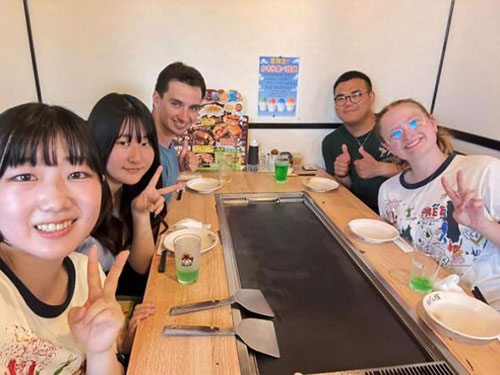 Okonomiyaki, as it’s known, is a rustic, savoury dish and common comfort food in the country. But it’s actually not the eating that Mogg (Mechanical Engineering Technology ’24) remembers most.
Okonomiyaki, as it’s known, is a rustic, savoury dish and common comfort food in the country. But it’s actually not the eating that Mogg (Mechanical Engineering Technology ’24) remembers most.
“It was more the camaraderie and the experience,” says the Instrumentation Engineering Technology (IET) student.
The experience was part of 12 days spent in Japan with seven other NAIT students in July. Ten of those days were at the National Institute of Technology, or kosen, in Nagano.
The camaraderie was courtesy of Japanese students who followed up with a visit to Edmonton in September.
The exchange marked a first for the polytechnic with Japan, but not NAIT’s first contact with the kosen.
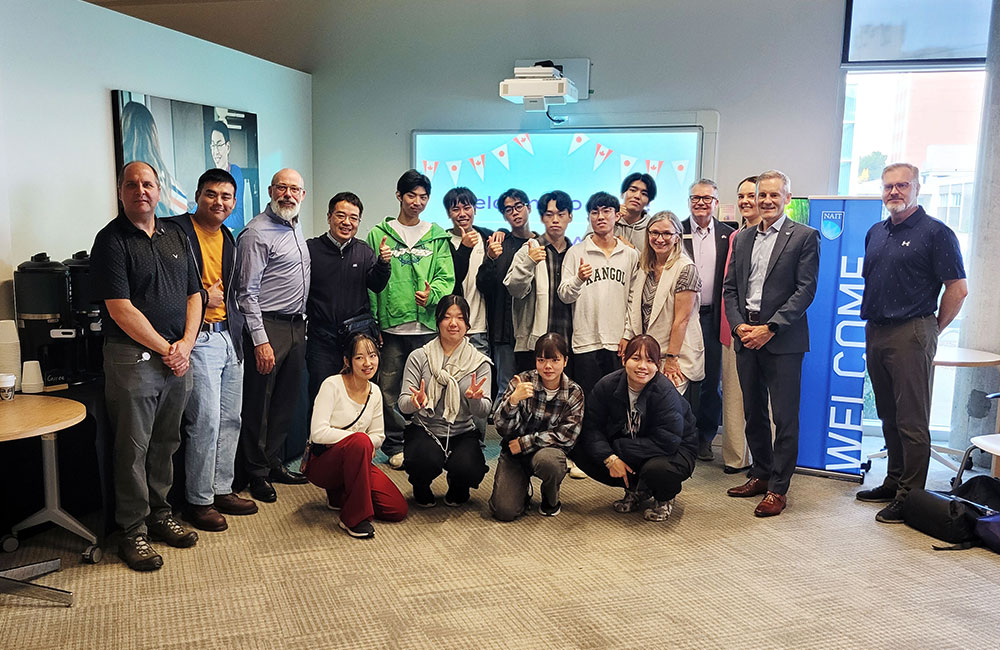
The Nagano school focuses on engineering disciplines that align with the four programs represented by the NAIT contingent: Civil Engineering Technology (CIV), Electronics Engineering Technology and Mechanical Engineering Technology (MEC), in addition to instrumentation.
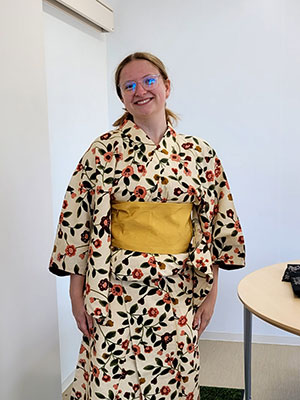 The kosen has sent several contingents to the polytechnic since 2023, eager to expose students and instructors to North American technologies, best practices and culture.
The kosen has sent several contingents to the polytechnic since 2023, eager to expose students and instructors to North American technologies, best practices and culture.
“We started thinking, How can we reciprocate?” says IET associate chair Dr. Ana Stefanova, who accompanied the students with MEC chair Jason MacQueen (Mechanical Engineering Technology ’93) and CIV chair Todd Kowalchuk (Engineering Design and Drafting Technology ’91).
Last year, further discussion helped identify grants for NAIT students to travel free of charge. The result was a priceless immersion into an environment that, for its richness and distinctions, gave students a clearer vision of their possible futures.
In addition to enjoying unique meals after classes, for example, students had the chance to visit Japanese factories, which helped satisfy Mogg’s curiosity about robotics.
“Japan is leaps and bounds ahead of us with automation,” she says.
Learn more about opportunities for studying abroad with NAIT
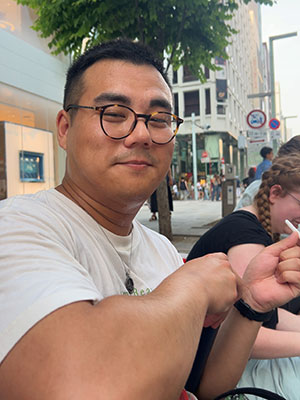 CIV student Adam Bekker noted the impact of climate on curriculum, and how his skills could be applied differently outside of Alberta.
CIV student Adam Bekker noted the impact of climate on curriculum, and how his skills could be applied differently outside of Alberta.
“In Japan, they focused a lot more on water and surface hydrology,” he says, with snowy Prairie winters in mind. “We have more focus on temperature differences.”
MacQueen considers the comparisons to be eye-opening for students.
“We speak the same engineering language,” he says. “But they [see] where there are differences.”
MacQueen was impressed by how those differences drew students in, how they’d focus on recognizable formulas that would pop up in lectures delivered in Japanese, and use their phones to “fill in the blanks.”
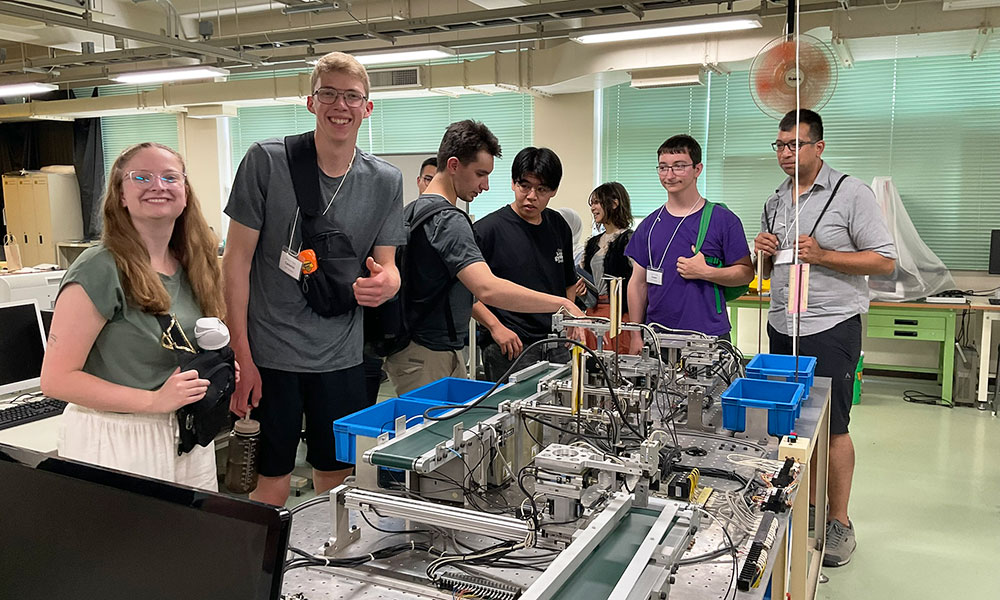
Kowalchuk was also struck by the students’ level of engagement. In his view, the trip had the effect of “opening their eyes to a different way of education, different ways work can look, different places that they can be.”
It allowed them to see “the bigger picture internationally,” he adds.
That’s a benefit that they’ll carry with them throughout their lives and careers, says Stefanova. “I’m sure it will make them better people and better professionals in the future.”
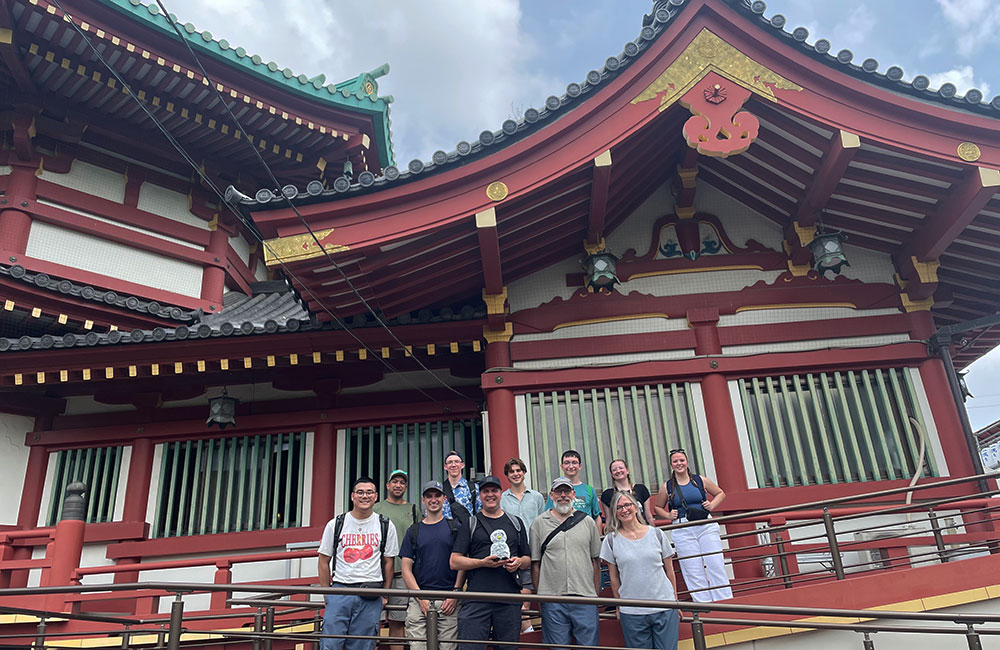
Plans are in the works to offer future NAIT engineering technology students the opportunity to visit the kosen as well.
In the meantime, visiting Japan made the recent cohort more aware that the world is accessible to them.
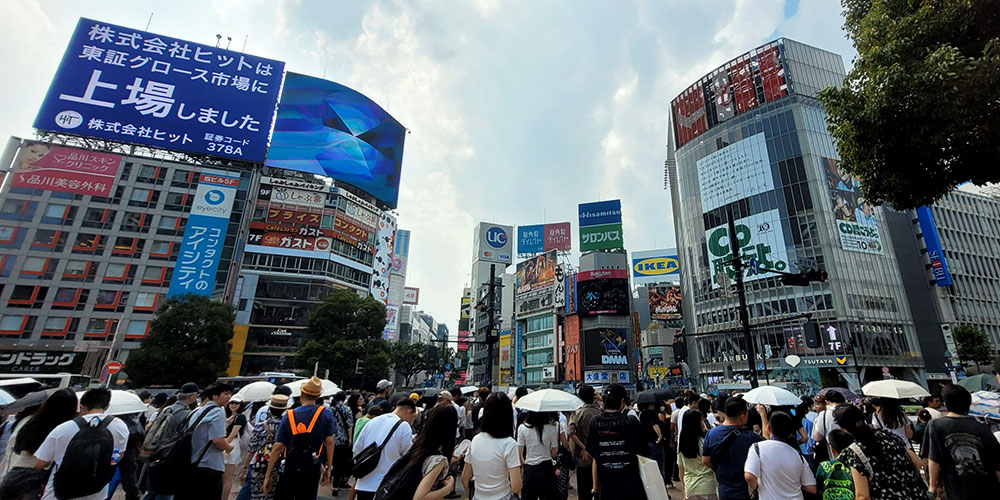
Commonalities offered comforting familiarity. Bekker recalls greeting fellow Muslims among the kosen’s international student body with salam alaikum, an Arabic phrase meaning “peace be upon you.” They were surprised and delighted (one, in fact, screamed in excitement, recalls Bekker).
“The world,” he says, “seems both smaller and bigger.”
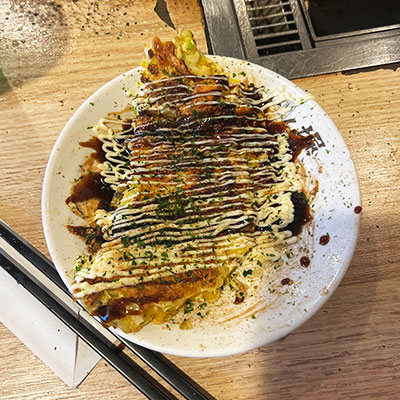 Mogg sees the experience through the lens of having grown up in a small town. “It broadened my sphere,” she says.
Mogg sees the experience through the lens of having grown up in a small town. “It broadened my sphere,” she says.
At the same time, it showed that the tight connections of community can be found anywhere – as it was over cabbage pancakes, or during the trip to the convenience store that followed for dessert. The writing on the wrappers was different but the contents were still sweet, even if in an unexpected way.
“I don’t know how to put this into the right words,” says Mogg.
She agrees with Bekker about the paradox. In trying to get at what’s behind it, she lands on an aspect of being human that – even more so than engineering – can transcend geography, culture and language.
“There are people everywhere who want to be your friends,” says Mogg.
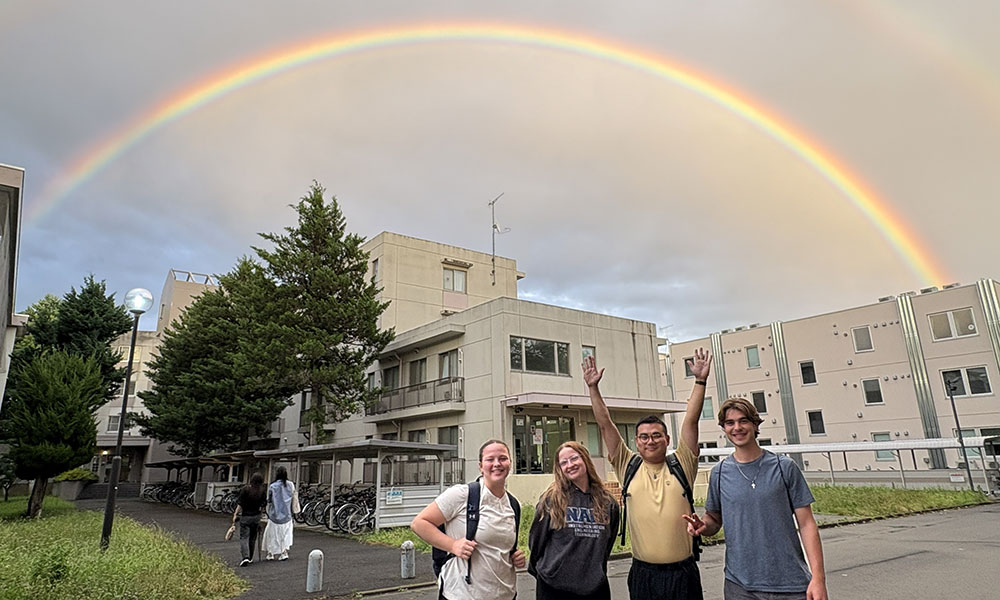
Captivated by Canada
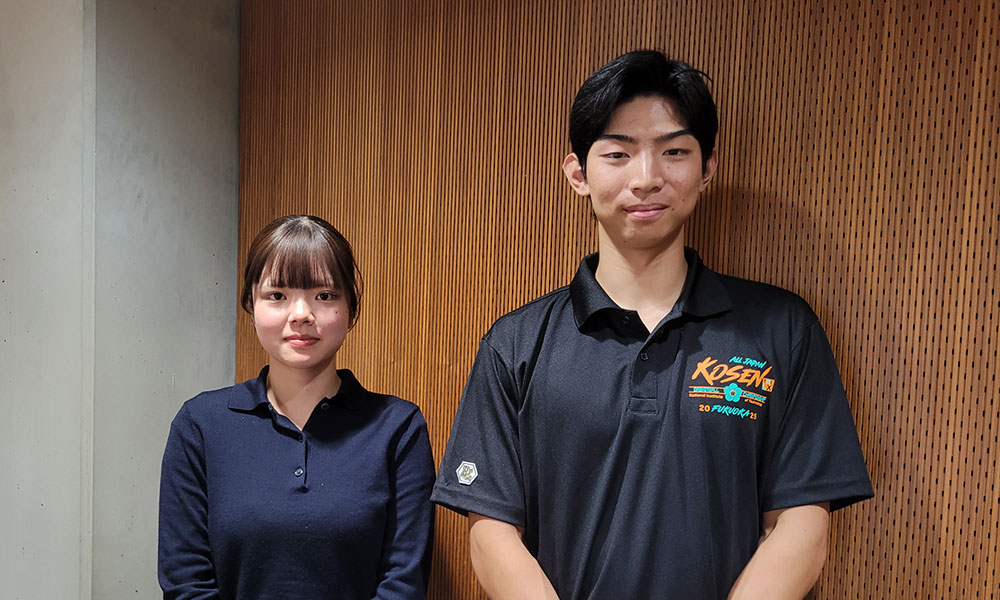
Yui Morota (left) and Tomoru Tanaka are two of the 10 students from Nagano’s National Institute of Technology who visited NAIT in September as part of an educational exchange.
Before they returned to Japan, the 20-year-old aspiring engineers noted that the visit improved their conversational English – a useful skill for future careers likely to involve international connections.
They were eager to put their appreciation for their time in Canada into words. NAIT in particular left an impression. “It’s so different from our school,” said Tanaka. He was struck by the size of campus and the number of student lounges. Morota admired cutting-edge equipment in program laboratories.
Edmonton, too, stood out. Students had the opportunity to get off campus and explore the river valley – the largest urban green space in North America. “Every park is so big,” said Morota, amazed. In fact, the system stretches 730 square kilometres, or just 100 less than Morota and Tanaka’s city of Nagano.

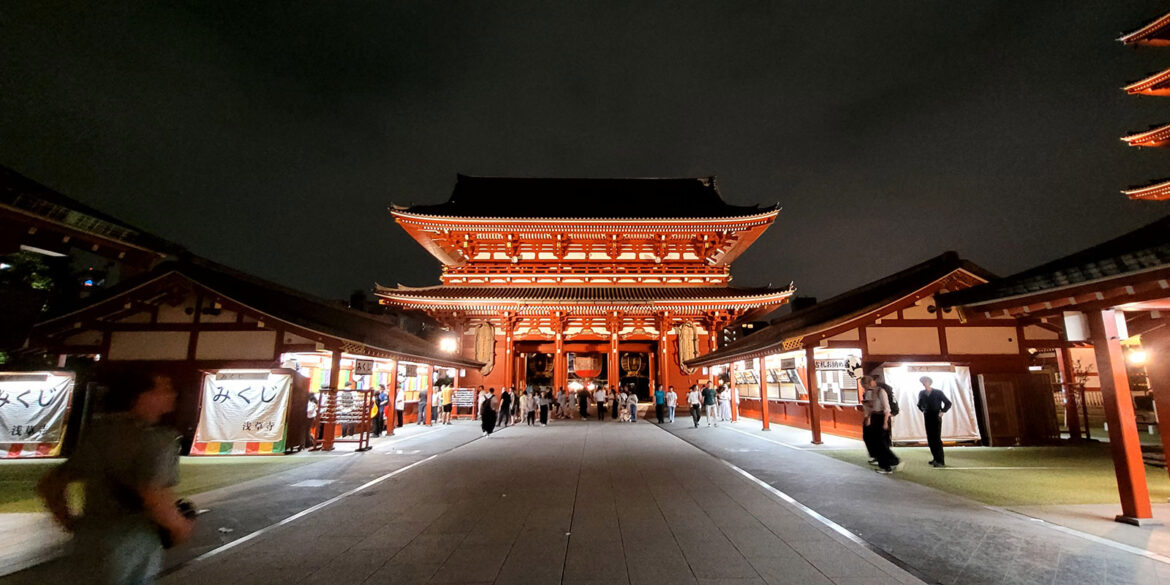
AloJapan.com